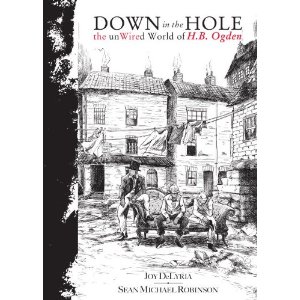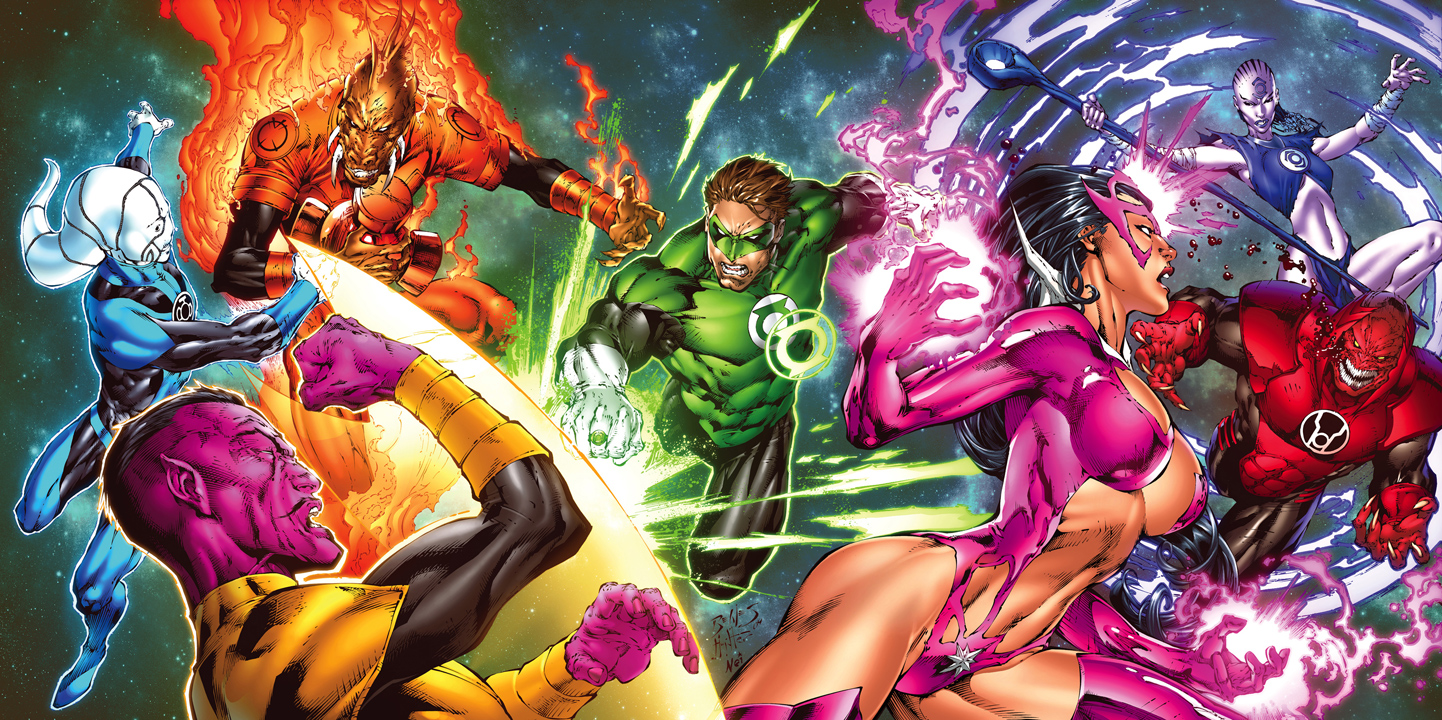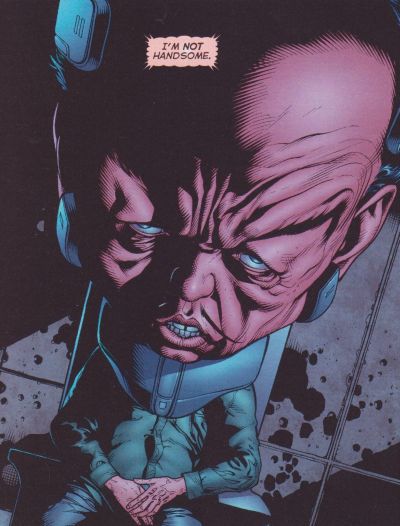The Wire: Now a Victorian Novel Near You
Longtime blog readers probably remember Joy DeLyria and Sean Michael Robinson’s post reimagining the Wire as a Victorian novel. Well, it’s now a book available on Amazon. Congrats to them both! (And you can read my interview with them at the Atlantic here.)
On its release, Laura Miller at Salon published an interesting piece about the Wire’s relationship to Victorian literature. I’ve reproduced my brief comment below:
Hey Laura. I like a lot of your insights in this review…but the odd thing is, most of them are also insights expressed in the book you’re reviewing. Sean and Joy spend a lot of time talking about how the Wire is *not* like Dickens, and they reference many of your points. That is, they talk about how the Wire wasn’t popular, how it’s pacing if very different form Dickens, how it treats character differently, etc. It even talks about how the visuals affect the storytelling…and suggests that, for example, illustrations at the time for readers were much more important than they are now in our reprinting/rereading.
Again, I don’t think you’re wrong. But it does seem to me that anyone who is interested in the issues raised by this essay would probably also like the book, which explores most of them in greater depth.
TCJ Gets Into Hatefest
Tim Hodler at tcj.com has some interesting thoughts about Suat’s EC comics takedown. (Part of Tim’s contractual obligations as TCJ editor include periodically expressing disdain for HU comments threads, so I was pleased to see him get the chance to do his duty. All in the spirit of hatefest, of course! UPDATE: Tim actually removed the comment about the comments from the post, which is why you won’t see it if you go over there.)
It’s interesting that Tim says he would have “happily published” Suat’s article today if it had been submitted to him. I don’t have any reason to doubt him…but at the same time, it does rather highlight the fact that Suat’s piece would I think be at least somewhat out of place at tcj.com as it seems to have developed under Tim’s tenure (and Dan Nadel’s.) I certainly haven’t read everything published at TCJ over their run, but…has there been any contrarian reassesment of any canonical or semi-canonical figures since they’ve taken the reins? My impression (not changed by Tim’s defense of EC) is that the magazine under their editorship is fairly comfortable with the comics canon, and sees its mission more as appreciation and advocacy of the greats, rather than as pushing alternate narratives.
On HU
…and finally we’ve got this week’s posts.
Our hatefest is still in full swing, and you can check out our index of posts here.
Featured Archive Post: Tom Crippen provides an archive of the work of Robert Binks.
Derik Baman on Dragonlance and the evil ochre jelly of nostalgia.
Steven Grant, on searching for bad comics and finding interesting ones.
Kim Thompson on Spirou and Fantasio, caricature, and racism (or the lack thereof.)
Jason Thompson on why Craig Thompson’s Habibi, Natsume Ono, and Osama Tezuka are all overrated.
Jason Overby presents every Johnny Ryan parody ever.
Ng Suat tong on why EC Comics aren’t so great (and R. Fiore debates him.)
Steven Grant on the crappification of comics, and why it’s still a good industry to work in for many folks.
Mahendra Singh destroys Western Civilization.
Richard Cook on how the X-Men Onslaught crossover cured him of superhero comics.
Utilitarians Everywhere
At the Atlantic I reviewed the documentary “After Porn Ends”, about what porn stars do after they leave the industry.
At the Center for Digital Ethics, of all places, I discuss the ethics of allowing anonymous comments online.
At the Chicago Reader I report on the Seminary Co-op bookstore moving its digs.
Also at the Reader I urge folks to buy Lilli Carre’s upcoming book.
And finally at the Reader I tell people to go to the upcoming Afterimage show, which looks at connections between Imagists and current Chicago artists like Paul Nudd, Edra Soto, Lilli Carre, and more.
At Splice Today I talk about rewatching Raiders of the Lost Ark with my son and discovering that it is terrible.
At Splice I argue that the Chicago teachers should have struck a long time ago.
At Splice I review Immolation’s Dawn of Possession and compare death metal to Gerard Manley Hopkins.
At Splice I talk about how the campaign has shown us what Romney is made of.
Other Links
James Romberger interviews Gary Panter.
Robert Stanley Martin with a brutal review of Drive.
Thomas Frank on Obama squandering his first term.
This Week’s Reading
I finished Thomas Hardy’s Wessex Poems, which were sort of disappointing; read Ralph Ellison’s amazing book of essays Shadow and Act, read a few Gerard Manley Hopkins poems, started rereading Jane Austen’s Persuasion, and started From the Closet to the Altar by Michael Klarman for a review.






